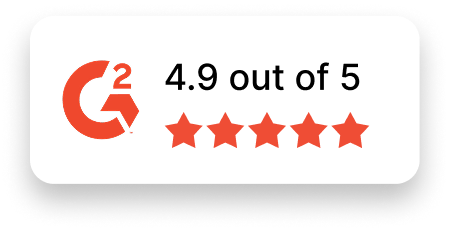Job Title: Vibe Coder
Location: Remote / Hybrid / [City, State]
Job Type: Full-time / Contract
Department: AI-Driven Development / Emerging Technology
About the Role
We are seeking a Vibe Coder to join our AI-first development team. Vibe coding is a new approach to software creation that relies on large language models (LLMs) to generate code from natural language prompts. This role is suited for individuals who are comfortable working at the intersection of human creativity and artificial intelligence, where the focus shifts from manual coding to guiding, testing, and iterating on AI-generated software.
As a Vibe Coder, your primary responsibility is not to write every line of code, but to translate intent into clear prompts, assess and refine outputs, and deliver working software efficiently. You will act as a systems thinker, prompt engineer, and technical editor, collaborating across disciplines to bring product ideas to life through AI-assisted coding.
Key Responsibilities
- Define software functionality through well-crafted natural language prompts to LLMs
- Use AI tools (e.g., ChatGPT, GitHub Copilot, Claude, or Replit AI) to generate, test, and refine code
- Evaluate AI-generated code for functionality, accuracy, security, and performance
- Debug and troubleshoot issues, including through prompt refinement or manual edits as needed
- Collaborate with product and design teams to scope and build AI-assisted features and applications
- Maintain documentation of development processes, limitations, and AI behavior patterns
- Stay informed about best practices, new tools, and emerging capabilities in LLM-driven development
Qualifications
- Familiarity with programming concepts and basic proficiency in one or more languages (e.g., Python, JavaScript, TypeScript)
- Hands-on experience using LLMs for code generation (ChatGPT, Copilot, etc.)
- Ability to break down problems into components and describe them clearly for AI interpretation
- Understanding of software testing, debugging, and validation practices
- Strong critical thinking and decision-making skills when reviewing AI-generated solutions
- Comfort working with partial or imperfect code and iterating toward solutions quickly
Preferred Qualifications
- Experience with prompt engineering or natural language interface design
- Exposure to web development, scripting, or data manipulation tasks using AI tools
- Ability to work on hobby, weekend, or experimental projects with minimal guidance
- An understanding of the limitations of AI-generated code and techniques for mitigating risks
- Portfolio, GitHub, or examples demonstrating the use of LLMs in software creation
What We Offer
- A culture built around experimentation, fast prototyping, and AI-first development
- Access to leading AI tools and model integrations
- Opportunities to help shape the next generation of developer workflows
- Flexible working hours and remote-friendly policies
- Competitive compensation, benefits, and opportunities for growth
How to Apply
Please submit your resume and, if available, examples of projects or codebases you’ve developed using AI assistance or natural language prompts. If you’re new to vibe coding, we welcome a brief explanation of how you’ve explored the approach and why you’re interested in it.

